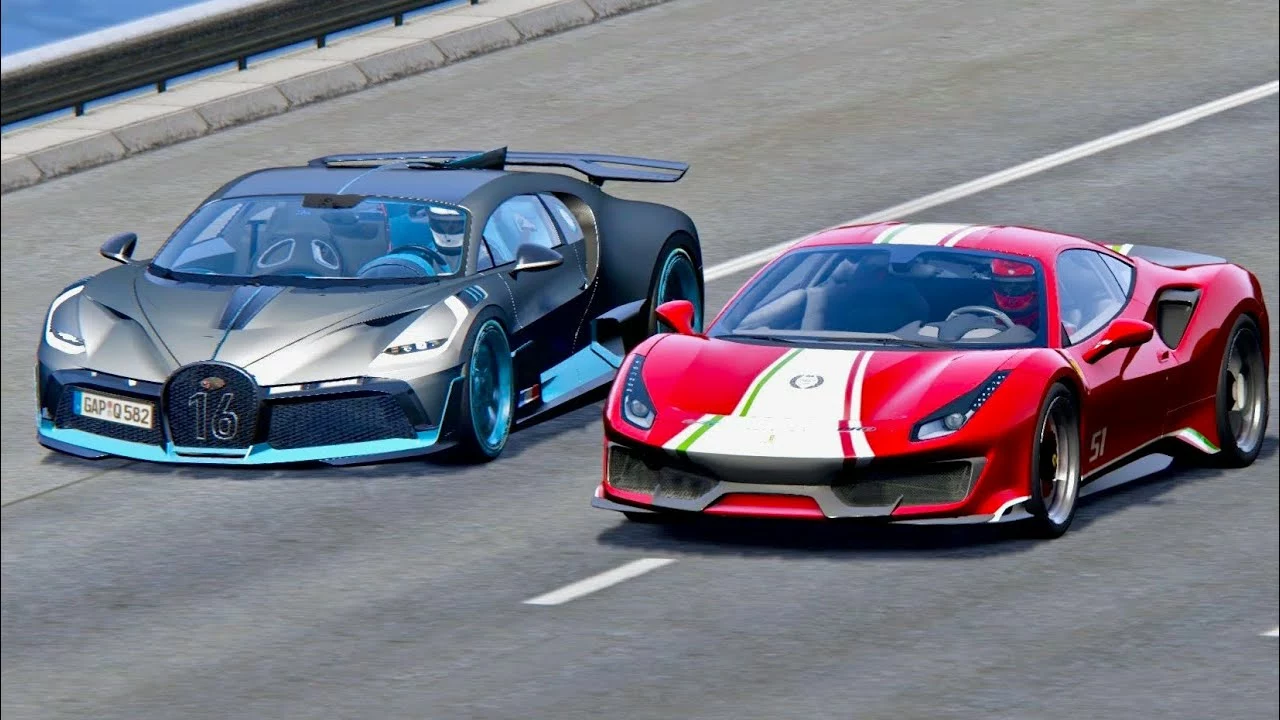Racing Team: What Drives Success on the Track
When you hear the term racing team, a group of drivers, engineers, and managers working together to compete in motor sport events. Also called a motorsport team, any organization that fields vehicles in professional racing series, a racing team can focus on different disciplines. For example, an endurance racing outfit specializes in long‑duration events like Le Mans, demanding reliability and crew stamina, while an IndyCar team competes in open‑wheel circuits where aerodynamics and pit strategy are king. These entities are linked: a racing team encompasses endurance racing, and an IndyCar team is a type of motorsport team that requires fast‑changing tires and precise timing.
Key Elements That Make a Racing Team Tick
At the heart of every successful racing team is a blend of talent, technology, and teamwork. Skilled drivers bring raw speed, but without engineers who fine‑tune engines, aerodynamics, and suspension, that speed stays on the paper. Sponsors and crew chiefs add the financial backing and strategic oversight needed for a race weekend. This combination creates a semantic link: a racing team requires effective communication between drivers and engineers. In the world of drag racing, a drag racing team focuses on short, high‑power bursts and often uses custom‑built funny cars illustrates how the same core structure adapts to a different format. Whether you’re watching a LMP1 prototype sprint or a street‑legal bike on a clubtrack, the team’s ability to manage resources under pressure decides the outcome.
Technology plays a massive role. An LMP1 car, for instance, is a hybrid powerhouse designed for endurance races; the team behind it must master both electric and combustion systems. This demands specialized engineers who understand energy recovery, making the link: advanced vehicle tech influences racing team performance. Meanwhile, an IndyCar team relies heavily on chassis manufacturers and tire suppliers, meaning the team’s success is partly shaped by external partners. Training pipelines such as top‑rated racing schools feed fresh talent into these squads, showing that a racing team benefits from continuous skill development. The relationship is clear: a racing team gains competitive edge when it invests in driver education and technical research.
Strategy isn’t just about speed; it’s about when to push and when to conserve. Endurance races require pit stop choreography, fuel calculations, and driver rotations, while IndyCar races often hinge on qualifying speed and tire degradation management. Drag racing teams, on the other hand, focus on launch control and reaction times. All these formats illustrate that a racing team needs adaptable tactics tailored to the specific series. The variety across posts – from the grueling 24‑hour Le Mans to the high‑octane Indy 500 qualification – shows how teams tweak their approaches based on the event’s demands.
Fans also shape teams. Community engagement, social media presence, and merchandise sales boost budgets and morale. A racing team that builds a loyal fanbase often secures better sponsorship deals, which in turn funds R&D and driver salaries. This creates a feedback loop: strong fan support influences team resources, and better resources improve on‑track results, attracting even more fans.
Below you’ll find a curated set of articles that dive deeper into these topics – from how an LMP1 prototype stacks up against an IndyCar, to the safest ways to get into motorsport journalism, and even which racing schools give the best bang for your buck. Each piece adds a layer to the big picture of what makes a racing team thrive in today’s high‑speed world.

